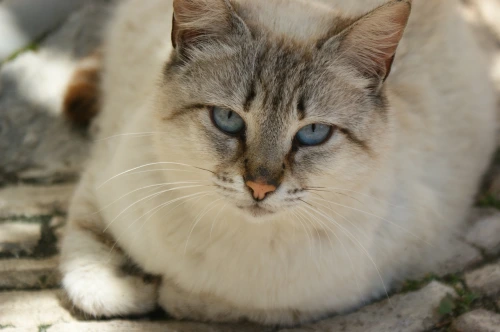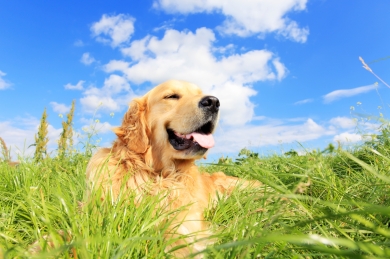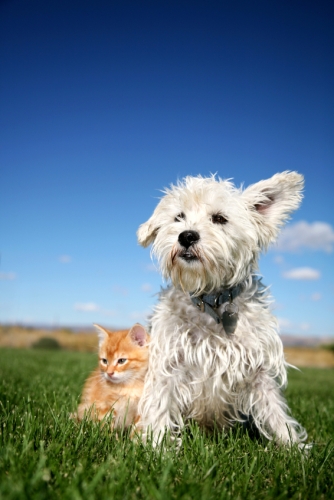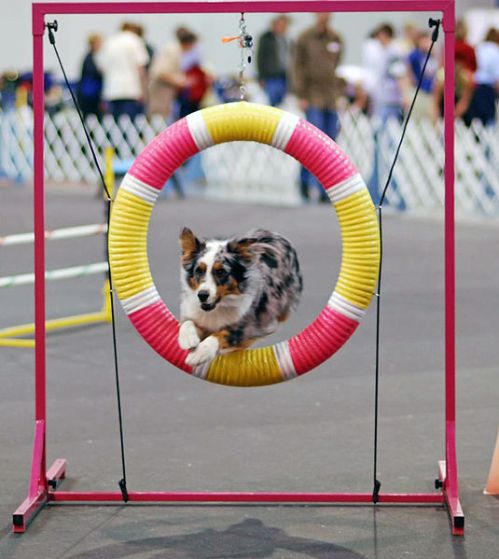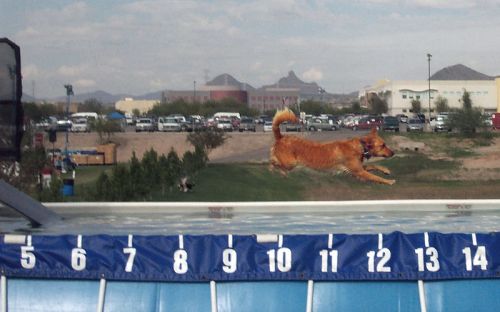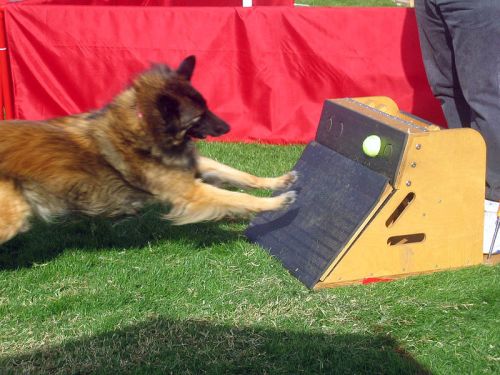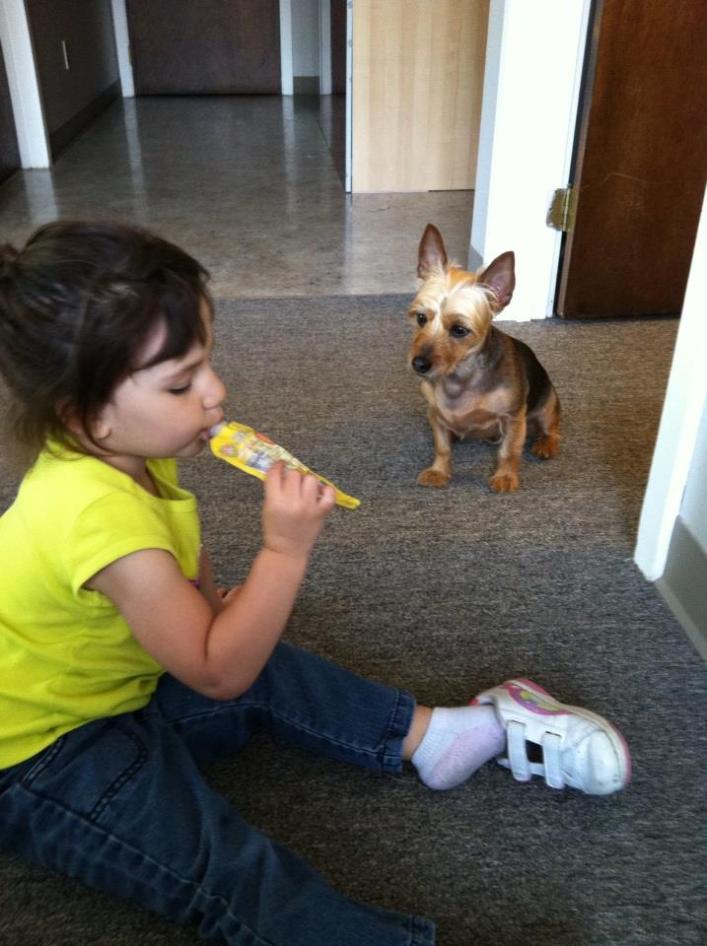I bet you know at least one dog or cat who’s picky about their food. It’s pretty common for them to turn up their nose at some – or many – of the foods that we offer them. Often this situation is due to how and what they were fed early in their lives. You’ll have a better chance at raising dogs and cats who welcome variety in their diet if you understand what usually causes pets to be finicky.
Finicky eating isn’t, in itself, a problem. But if they have to change diets at some point in their lives – either for health reasons or because their favorite food is no longer available – the transition to a new food will be easier for pets who accept a variety of foods. Our pets live longer now than ever, and many of them need to be on special diets in their senior years.
Variety in food is normal for dogs and cats, so most veterinarians encourage us to provide our pets with variety in their diets: foods with different protein sources, offering wet and dry kibble, and trying different textures of wet foods.
The number one thing you can do to avoid raising picky pets is to offer them a variety of food from the moment they join your family.
By the time they’re 6 months old, dogs and cats dietary habits are already established. Most pets who are fed only one food during their youth are less likely to accept other diets. Scientists aren’t sure exactly why this is the case, but they suspect it’s either because they don’t recognize certain foods as being foods, or that they become habituated (addicted) to that one food.
You can help them by providing variety in:
• Protein ingredients. Here at Addiction, our pet foods have high quality proteins that provide pets with lots of proteins that have very different flavors like venison, duck, rabbit, buffalo, brushtail, and unagi (eel).
• Types of food. Many people like dry kibble because it’s convenient. It’s also good to offer wet foods from cans or pouches, and raw food that is either dehydrated or frozen.
• Textures of food. Cats are notoriously particular about the texture of their food. Try feeding your dogs and cats wet foods that contain chunks in gravy, as well as those that are more like pate. Dry kibble also comes in a lot of shapes that can feel very different in their mouths.
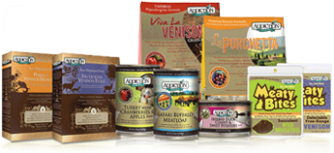
Make sure the food in their dish is fresh. If your pets free-feed on kibble throughout the day, it’s best to provide small amounts so the dishes that are empty at the end of the day. In contrast, simply topping-off the food in the dish can leave food at the bottom sitting out for days. Another way to keep it fresher is to buy smaller bags. If your pets are enthusiastic about food when you open a bag but less enthusiastic as you get to the bottom of the bag, the food might be losing its flavor and smell before you offer it to them.
Keep food dishes clean and provide fresh dishes for food and water at least every day.
Use dishes that are shallow enough for pets to reach their food without straining their neck too much or having their whiskers touch the sides of the dishes. Also, some pets prefer glass or ceramic dishes to plastic dishes. Another dish detail is whether the dish moves around as they try to eat. If it does, try placing the dish on some grippy padded shelf liner.
Some pets don’t like eating cold food that has been in the refrigerator, and some pets refuse to eat food that has been heated in a microwave. My own cats are like this. When I offer refrigerated food, I pour a bit of hot water on it to heat it.
Heating their food also enhances a meal’s smell and pets enjoy food more when it smells good. (I bet you can relate to that.) If their sense of smell is altered, during illnesses or as part of the normal aging process, they might show less interest in their food.
Location of their dishes can also affect how well pets eat. Some cats and dogs don’t like to eat if their dishes are too close to their bed, noisy appliances, busy areas, or dishes of the other pets. One of my cats only eats a full meal if he’s placed in a room by himself with the door closed.
If a dog or cat becomes picky later in life
Dogs and cats can suddenly become finicky for lots of reasons. Sometimes it’s a sign of a serious medical issue so if your pet suddenly stops eating a food they normally like, contact your veterinarian immediately.
Aside from serious health problems, there are other reasons that pets can become finicky.
There are times when pets simply eat less than others, such as on hot summer days. So a brief, subtle change in the amount of food they eat can be just the natural ebb and flow of their appetite.
Quite a few medicines can cause pets to lose their appetites, so talk with vet if you think that’s an issue for yours.
Stress and anxiety can cause some pets to stop eating for a while. Obviously, when this is the case, you’ll have to determine why they’re stressed in order to get them to eat normally again.
Some dogs and cats have digestive upsets if we make sudden dietary changes. The ideal way to change their diet is to add a small amount of new food to their current food, and gradually – over a seven to ten day period – increase the amount of new food while decreasing the amount of current food. Eventually, they’ll be eating 100% of the new food.
Sometimes pets aren’t actually finicky, they’re just not hungry. It could be that they’re getting extra bits from someone else in the household, they’re helping themselves to food they find in the garbage, or they’re nibbling throughout the day instead of gobbling their food down all at once. Nibbling is actually ideal for cats because their bodies are designed to eat lots of small, frequent meals.
For more information / Sources
• Blumenstock, Kathy. “How to Get Your Finicky Cat to Eat.” Cat Health 101. 29 Dec 2012. http://animal.discovery.com/healthy-pets/cat-health-101/how-to-get-your-finicky-cat-to-eat.html
• Church, Christine. “Finicky Eaters.” House Cat: How to Keep Your Indoor Cat Sane and Sound. Hoboken, NJ: Wiley, 2005.
• Davidson, Jill. “Feeding a Finicky Fido – How to Get Your Picky Dog to Eat.” 11 June 2007. 2 Jan 2013. http://voices.yahoo.com/feeding-finicky-fido-picky-dog-eat-381636.html
• Fiorella, Linda. “Why Is My Cat… So Finicky About Food?” VetStreet. 10 July 2012. 3 Jan 2013. http://www.vetstreet.com/our-pet-experts/why-is-my-cat-so-finicky-about-food
• Hamrick, Renae. “Finicky Dogs: How to Encourage Your Picky Dog to Eat.” PetPlace. 3 Jan 2013. http://www.petplace.com/dogs/finicky-dogs-how-to-encourage-your-picky-dog-to-eat/page1.aspx
• Springer, Ilene. “How to Get Finicky Cats to Eat.” 18 Dec 2007. 31 Dec 2012. http://voices.yahoo.com/how-finicky-cats-eat-706431.html?cat=53
• “Why Is Your Cat Such a Finicky Eater?” Cat Watch. Feb 2012. 1 Jan 2013. http://www.catwatchnewsletter.com/issues/15_14/features/Cats-Who-Are-Finicky-Eaters_141146-1.html

